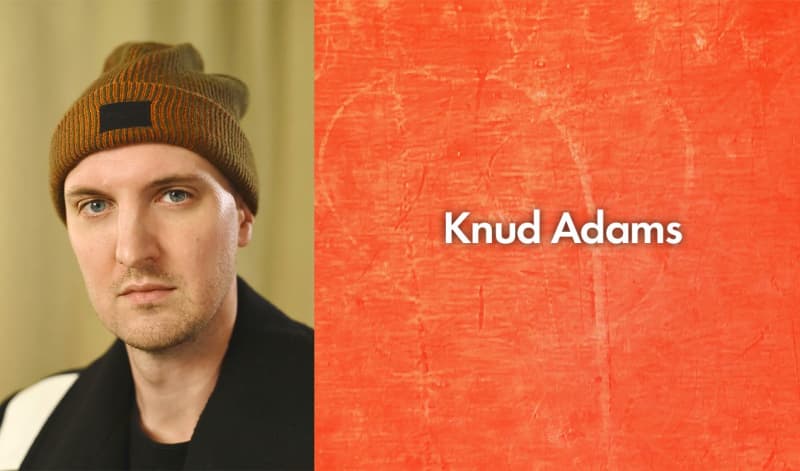
Roundabout Teaching Artist Leah Reddy spoke with director Knud Adams about his work on English.
LEAH REDDY: What is your theatre origin story? How did you come to directing?
KNUD ADAMS: We moved around a lot growing up—between California, France, England, Scotland, and Ohio—so my education was a little spotty. (I somehow missed out on long division entirely.) But art was a constant source of comfort and escape, including visiting museums, acting in the village pantos, writing epic fantasy novels, painting miniatures, watching Turner Classic Movies…
It wasn’t until college that I found a way to combine these interests. I had been spending too much time in the art building, where I inhaled darkroom chemicals for six hours straight and almost cut off a finger in the sculpture studio. I started directing to force some sociability and channel my troublemaking.
LR: What drew you to English? What do you look for in plays you choose to direct?
KA: Instinctively, I'm drawn to a range of stories and styles. One constant is great dialogue — language that sparks like real life and creates the opportunity for performances of complex interiority.
For me, there also needs to be some kind of atmospheric challenge. I'm highly visual, and I try to bring an architectural sophistication and cinematic precision to the stage. To make theatre that doesn't look like theatre. Some plays invite a braver approach, and I like to be of use. “The pitcher cries for water to carry / and a person for work that is real.”
On a personal note, I come from a family of teachers, and my mother is an English as a Second Language specialist, so I appreciate the joys and heartbreaks of the classroom.
LR: English is tightly focused on language. How would you describe your relationship to language and text as a director?
KA: One theme of the play is that we are different people in different languages — that your tongue and thoughts and identity are all connected and shape each other. That’s something I experienced firsthand when, as a kid, I moved to a country where I didn’t first speak the language and had to dive into the public schools.
Directing is also a kind of language — a "Way of Seeing," to reference John Berger. On stage, composition is text. Pause is text. Light is text… All of it part of the Gesamtkunstwerk [a term that means “total work of art” in German].
LR: This play is rooted in a specific time period in Iranian history and informed by Iran's relationship with the United States. Was research into that time and place a part of your process?
KA: Yes, very much, but I think it’s important to say that English is not, on its face, a political play. That in itself is kind of radical. It’s about a group of Iranians who are funny, romantic, competitive, and witty...who are allowed the full scope of their humanity.
Still, it’s important to understand the circumstances in which these characters make choices for their futures and their families. For me, that began with a lot of background reading. (I'm currently enjoying A History of Modern Iran by Ervand Abrahamian.) I’ve also been profoundly inspired by the films of Asghar Farhadi. For our design process, we've looked at hundreds of research images, from Iranian street photographers, the social media accounts of every language center in Tehran and Karaj, and personal photos from members of the team. We're also bringing in a historian/dramaturg to help advise on the specific time period. There’s a tremendous amount of work that goes into making something that hopefully feels true and specific as well effortless and fun.
LR: What advice do you have for young people who want to direct for the theatre?
KA: I hope the industry looks different today from the one I entered 10 years ago, so I’d hesitate to offer old advice. I would say:
- Don’t quit a part-time job, with healthcare benefits, to pay to intern at a theatre.
- Nurture other interests, whether that’s history, politics, psychology, fashion, art… Theatre is a pastiche art form, and it can become stale and incestuous when it only references itself.
- If it matters to you, try to put it on stage. When you can, let the work speak for itself.
References
|
Berger, John. Ways of Seeing. BBC and Penguin, 1972. Piercy, Marge. “To Be of Use by Marge Piercy.” Poetry Foundation, Poetry Foundation. |

